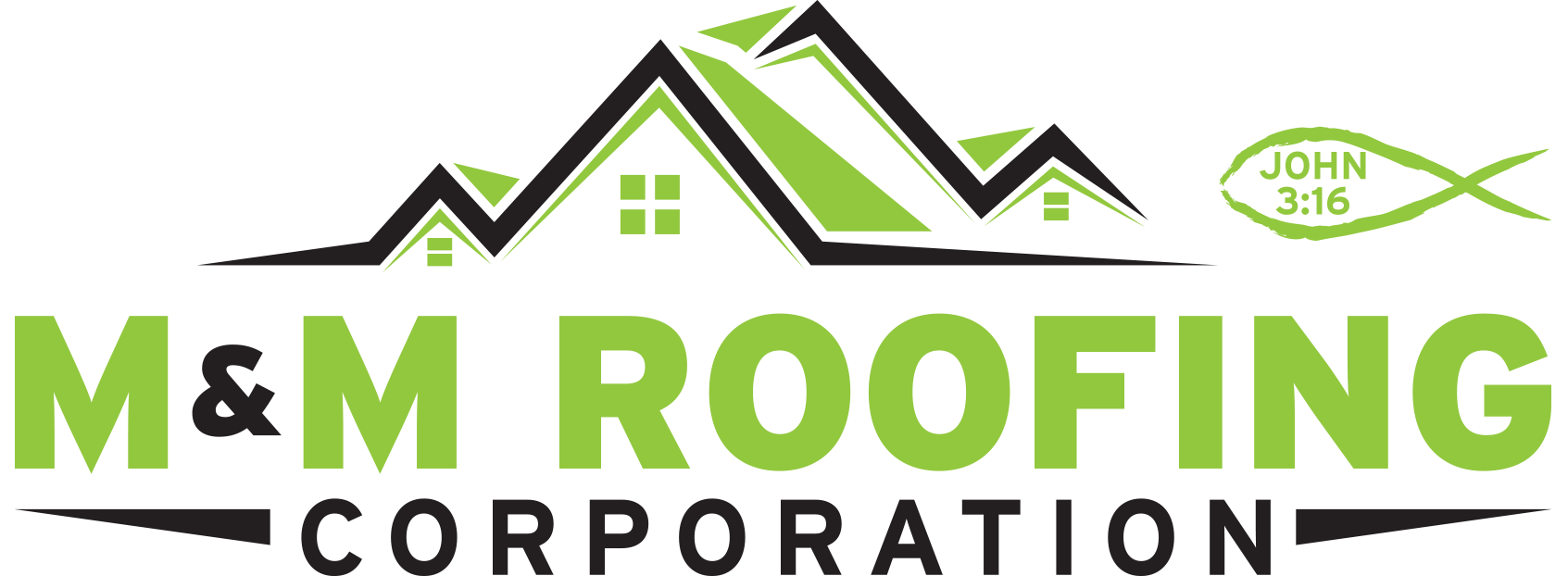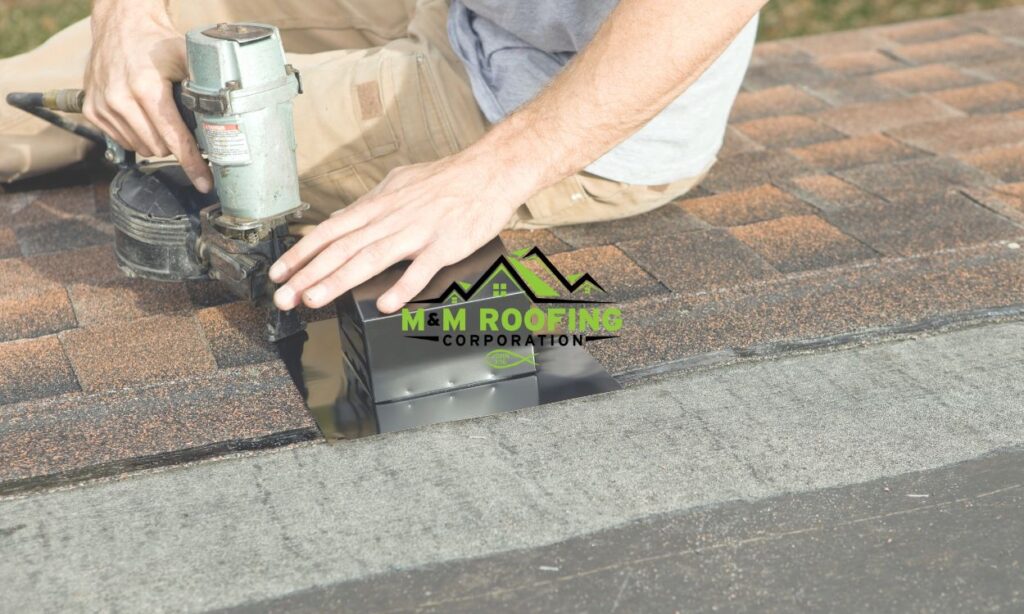There are several factors to consider before deciding the number of roof vents you need. For instance, how much do you want to spend on each vent? You also need to know if you need them to comply with building codes. Then, you can figure out how many you need and how much they will cost. However, this may be more difficult than it sounds, as there are several variables you will need to consider.
Attic ventilation code compliance
To calculate how many roof vents you need for a project, begin by estimating the NFA. This ratio is based on the square footage of your attic space divided by its free surface area. If the roof slope is more than six inches, you will need 20 percent more ventilation than if the roof slope is eight inches. In winter, you should provide vapor retarders to the warm side of the ventilation space.
Next, calculate the required Net Free Area. To achieve compliance, the minimum attic ventilation area must be equal to or greater than 1/150 of the total area of the attic. For example, if your attic is 1,500 square feet, you will need 10 square feet of ventilation or 144 square inches per square foot. If you don’t know the NFA for your local code, contact your local building code officials and ask for their specific requirements.
Properly sized roof vents
There are several different types of roof vents available. These vents can help you to regulate the temperature of your attic. These are commonly installed along the eaves but can also be found on the ridge. Both types allow hot air and moisture to escape from your home. Properly sized roof vents are essential in keeping your home cool in summer and winter. Here are some of the benefits of installing roof vents.
Using a rule of thumb, one vent per 150 square feet of attic area will be adequate. Adding a vapor barrier will increase this amount, but it does not have to. In other words, a home with 450 square feet of attic space will need three square feet of roof vent space. To ensure that your vents are appropriately sized, take measurements of the most extensive length and width of the existing hole.
Cost of roof vents
Installing roof vents can vary widely, from under $50 to more than $500. Prices are also different based on style, materials, and efficiency. The type of vent you choose will depend on the pitch of your roof and how high the top is. Additionally, roofers may charge more to install some types of roof vents, including powered ones. The best time to install roof vents is when you’re replacing a roof.
Prices range from $2 to $3 per linear foot for ridge vents. Materials are approximately $100 to $125 per linear foot, and installation costs range from $300 to $400. Another type of roof vent is called a soffit vent, which costs between $3.30 and $4.50 per linear foot. Intake vents are much more expensive, but many roofing professionals swear by them. In addition, if you don’t have a ridge, you’ll need to install another type of roof ventilation, which can cost more than double that.
Types of roof vents
To know how many roof vents you need, you should start by determining the roof’s surface area. You should install one square foot of roof vents for every 150 square feet of roof area. This rule applies to active and passive ventilation systems and will depend on your roof’s specific needs. For a more accurate calculation, you can visit Duraflo.
A standard soffit vent is 16 inches by 8 inches. Its surface area is about 0.89 square feet. Divide that number by the number of soffit vents you want to install, and you’ll have the number of soffit vents needed. You’ll want to space them evenly around the low sides of the roof. You can find both circular vents and perforated vents for vinyl siding. Standard 8″ x 16″ soffit vents are the easiest to install, but be sure to take measurements of your rafters and joists before you install them.
Soffit vents
The first step in calculating the number of soffit vents you need is determining how wide your eaves are. If your eaves are 4.5 feet wide, you need a soffit vent with a width of 12 inches. To calculate the length of a soffit vent, multiply the size of the eaves by the number of square feet of soffit cover.
The exact square footage of each soffit vent is determined by the total amount of available attic space. If you have a 10-foot-by-50-foot attic, you’ll need 500 square feet of open space. Divide this number by two to determine the number of soffit vents you need. You’ll need about 12 cents per square foot of attic space. In addition to calculating how many soffit vents you need, remember to space them evenly around the roof.
Call M & M Roofing Corp if you need a professional Roofing Shingles Installation; we service all New Jersey Area.

